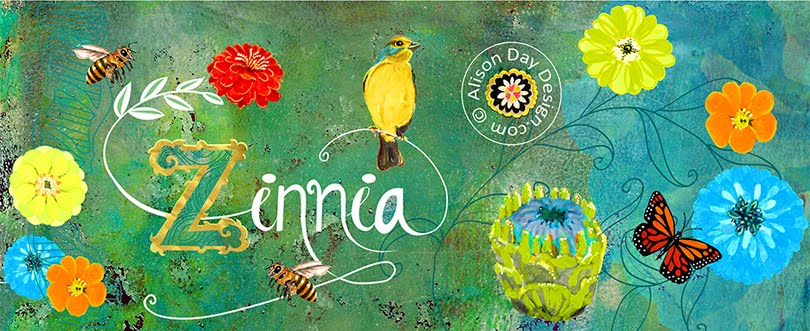“Hands up who would like a review copy of the
4th edition of A
Career in Your Suitcase? … ” read the tweet next to its thumbnail, of a
composed looking Jo Parfitt sitting next to a colourful pile of books.
“I’d be happy to
review!” I waved back into cyberspace.
Shortly after
that, the revised and updated fourth edition of A
Career in Your Suitcase, a collaborative work by Jo Parfitt and Colleen
Reichrath-Smith, appeared in my inbox.
For the expatriate
family, a new posting to another corner of the world can often be seen as a lucrative
move for the family. This, however, doesn't always take into consideration the
plight of a trailing spouse, who may often find re-adjustment more difficult to
cope with. She, or in some cases he, will often have to leave behind a career
in full swing, and, if upon arrival there is no organized employment or a permanent
position available, some of the sparkle of the new host country may lose its
allure. Without prior
knowledge of a country, its language, or a solid network, the initial
experience can be unnecessarily distressing, especially when embarking on a search for new
opportunities.
Start again? Yes,
you may be disgruntled that all that hard work you’ve put in, to reach where
you are in your career is literally going to be swept away, but once you’ve
made the move, with a little bit of determination and self-analysis and a copy of A
Career in Your Suitcase you can
start along the road to self-re-invention. The career you will create will not
only be suitable for that posting alone, but one that can continue to travel
with you, remain current as well as engaging, and will
only need tweaking and updates now and again.
A Career in Your Suitcase is a collation of information by its authors,
from more than twenty years of living abroad, into a comprehensive directory
filled with: advice, tips, exercises, references and soul searching. This can
be used as a starting point on which to build a portable career. One that has
the advantage of being adaptable into an international career, and is perfect
for use within the global community, as well as utilizing Internet and social media
communication to the full.
Whilst reading, you
are actively encouraged to participate: ask your circle of friends and family
to support you with advice, or summarize your strengths and weaknesses; analyze
your past, your family,
and follow Internet links to discover hidden personal characteristics, which will ultimately help to build a fuller picture of
who you are. It is, however, suggested when doing exercises from the book that you
note down thoughts, answers, or make lists, using a pen and paper instead of a
computer. This may sound laborious, but there’s a reason for it – physically writing uses
the creative half of the brain (right), as opposed to the analytical half (left)
when a computer is used.
For some, the
process may be simple when it comes to re-inventing skills, thinking out of the
box, or updating qualifications. Whilst for others, the journey may be a little
longer. A
Career in Your Suitcase gives you the opportunity to make a more in
depth search to discover your inner
passions, which can then be developed and nurtured. Why not try and pinpoint
the gap in the market and provide the solution? Should inspiration not be forthcoming,
it is suggested that volunteer work could be an interim and rewarding choice.
This will allow you the space and time to think about your next move, and, more
importantly help with cultural integration, as well as the start of building a
new network of friends.
An
expatriate myself, living in The Northern Netherlands I wish I had come across this
book earlier. The process of repeatedly adapting
to one’s situation is a theme I know all too well, regardless of whether you
speak the language or not. Changes in my circumstances always came as more of a
‘knee jerk’ action as opposed to being actually planned. With this book in my
possession, I find I am not alone and will be able to make more informed
choices in the future.
With
an already insecure work climate, and in Jo’s words: no career is for life anymore, A
Career in Your Suitcase is not just for the mobile expatriate, but is
relevant to anyone wishing to take part in finding their direction, discovering new
opportunities and realizing their goals comfortably, all the while contributing
to the much needed transformation of the global working environment as a whole.
Want
to discover your true passions and take the world by storm?
©
Alison Day Designs
Website:
Alison Day Designs
Blog: Alison Day Designs
Blog: Alison Day Designs













